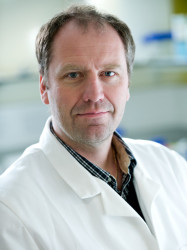BibTex format
@article{Li:2017:10.15698/mic2017.05.574,
author = {Li, H and Yang, T and Liao, T and Debowski, AW and Nilsson, HO and Haslam, SM and Dell, A and Stubbs, KA and Marshall, BJ and Benghezal, M},
doi = {10.15698/mic2017.05.574},
journal = {Microbial Cell},
pages = {175--178},
title = {Insights from the redefinition of Helicobacter pylori lipopolysaccharide O-antigen and core-oligosaccharide domains.},
url = {http://dx.doi.org/10.15698/mic2017.05.574},
volume = {4},
year = {2017}
}

